Arup Kumar Sarker
In-depth Analysis On Parallel Processing Patterns for High-Performance Dataframes
Jul 03, 2023

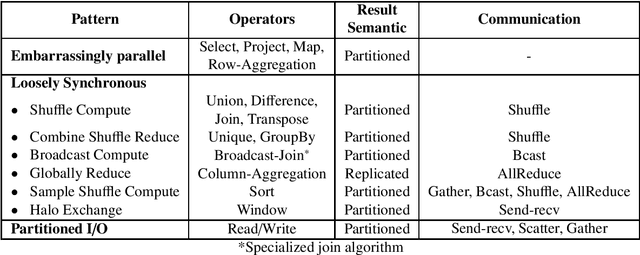

Abstract:The Data Science domain has expanded monumentally in both research and industry communities during the past decade, predominantly owing to the Big Data revolution. Artificial Intelligence (AI) and Machine Learning (ML) are bringing more complexities to data engineering applications, which are now integrated into data processing pipelines to process terabytes of data. Typically, a significant amount of time is spent on data preprocessing in these pipelines, and hence improving its e fficiency directly impacts the overall pipeline performance. The community has recently embraced the concept of Dataframes as the de-facto data structure for data representation and manipulation. However, the most widely used serial Dataframes today (R, pandas) experience performance limitations while working on even moderately large data sets. We believe that there is plenty of room for improvement by taking a look at this problem from a high-performance computing point of view. In a prior publication, we presented a set of parallel processing patterns for distributed dataframe operators and the reference runtime implementation, Cylon [1]. In this paper, we are expanding on the initial concept by introducing a cost model for evaluating the said patterns. Furthermore, we evaluate the performance of Cylon on the ORNL Summit supercomputer.
PCV: A Point Cloud-Based Network Verifier
Jan 30, 2023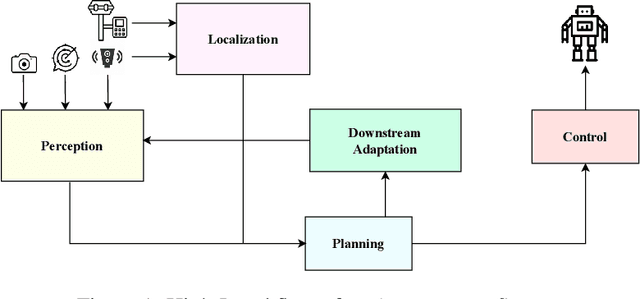
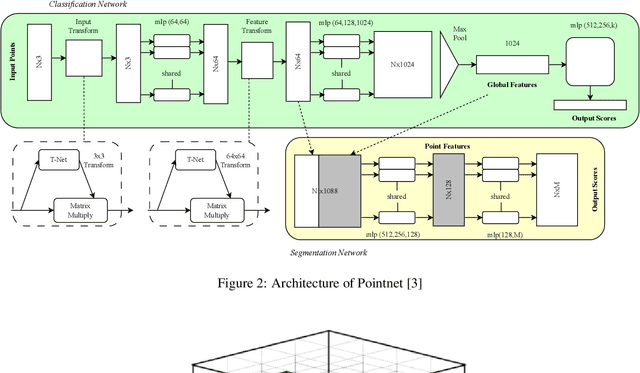
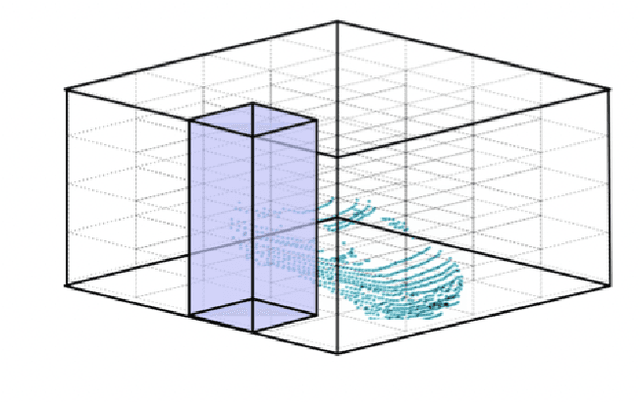
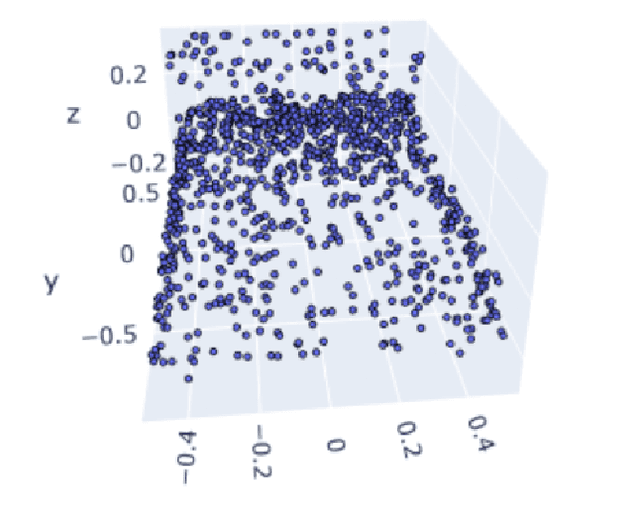
Abstract:3D vision with real-time LiDAR-based point cloud data became a vital part of autonomous system research, especially perception and prediction modules use for object classification, segmentation, and detection. Despite their success, point cloud-based network models are vulnerable to multiple adversarial attacks, where the certain factor of changes in the validation set causes significant performance drop in well-trained networks. Most of the existing verifiers work perfectly on 2D convolution. Due to complex architecture, dimension of hyper-parameter, and 3D convolution, no verifiers can perform the basic layer-wise verification. It is difficult to conclude the robustness of a 3D vision model without performing the verification. Because there will be always corner cases and adversarial input that can compromise the model's effectiveness. In this project, we describe a point cloud-based network verifier that successfully deals state of the art 3D classifier PointNet verifies the robustness by generating adversarial inputs. We have used extracted properties from the trained PointNet and changed certain factors for perturbation input. We calculate the impact on model accuracy versus property factor and can test PointNet network's robustness against a small collection of perturbing input states resulting from adversarial attacks like the suggested hybrid reverse signed attack. The experimental results reveal that the resilience property of PointNet is affected by our hybrid reverse signed perturbation strategy
 Add to Chrome
Add to Chrome Add to Firefox
Add to Firefox Add to Edge
Add to Edge